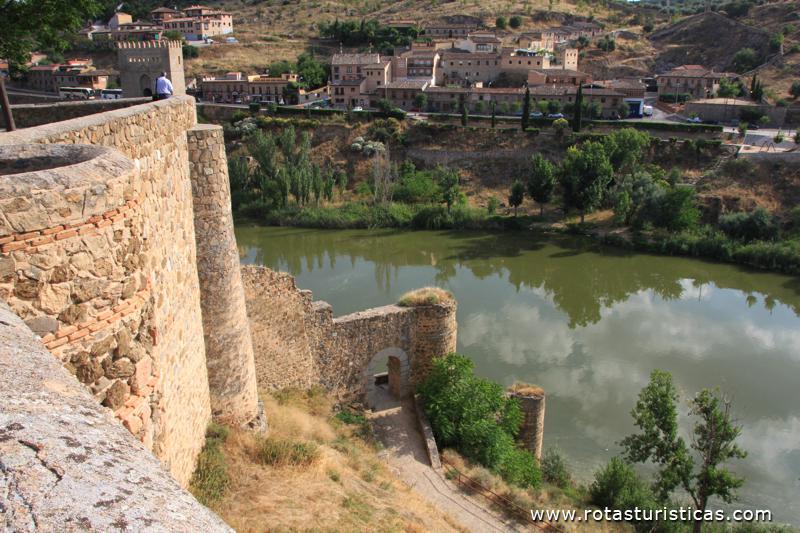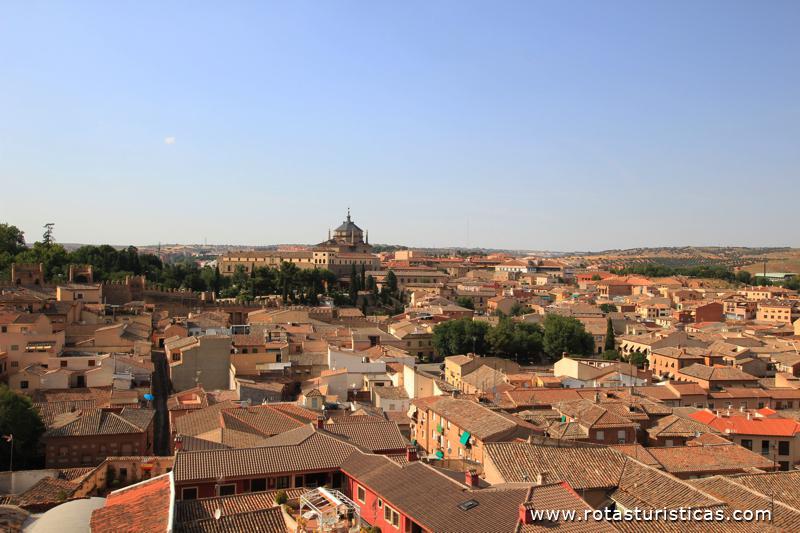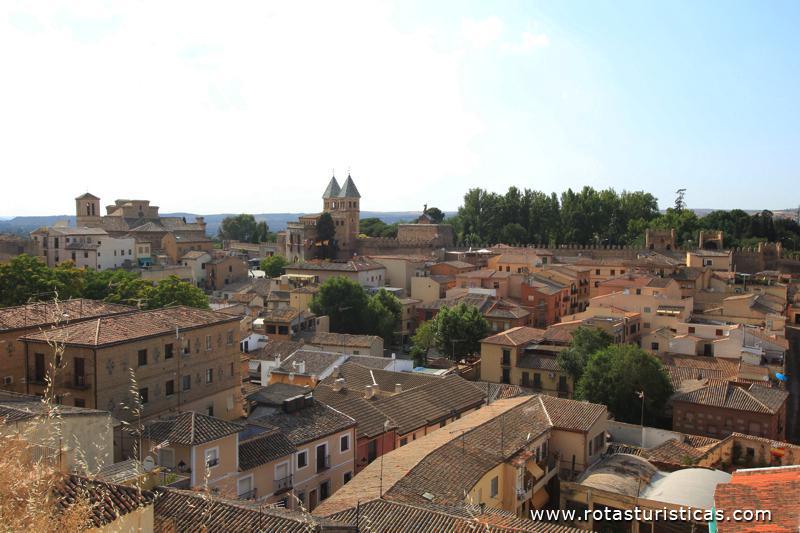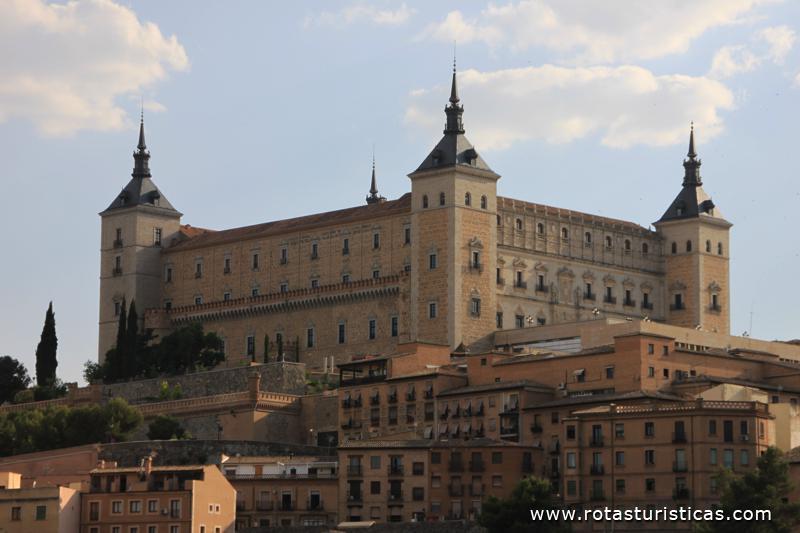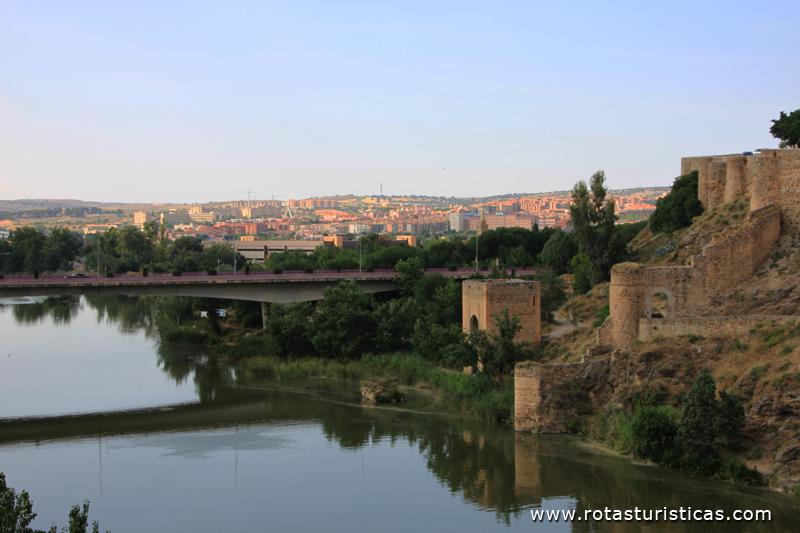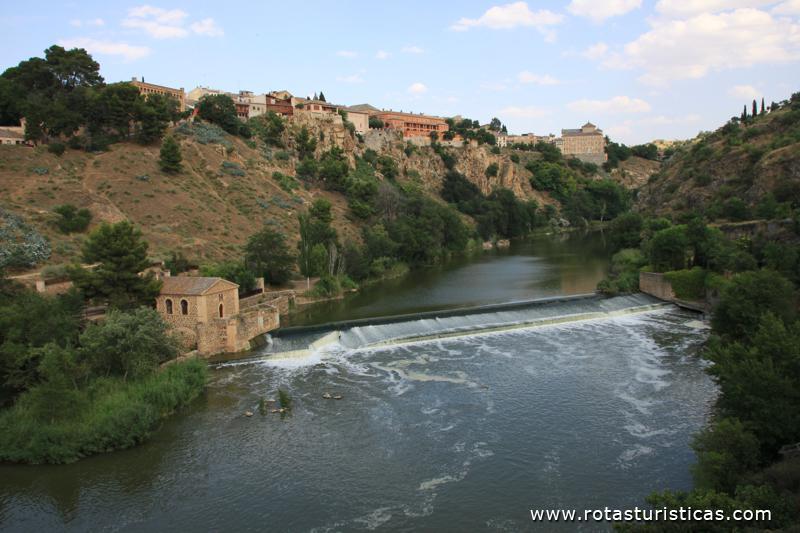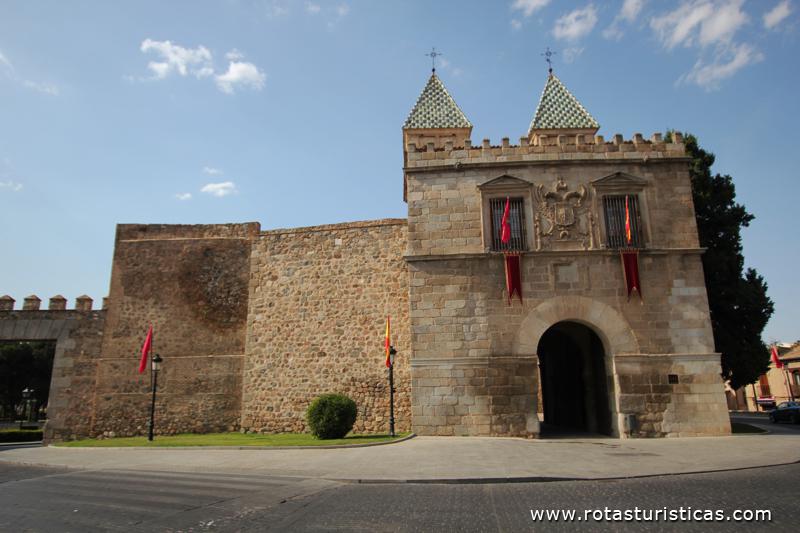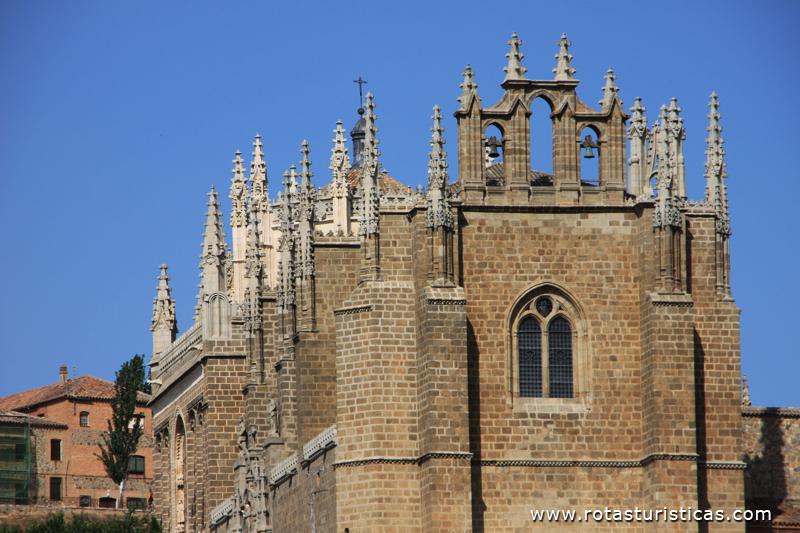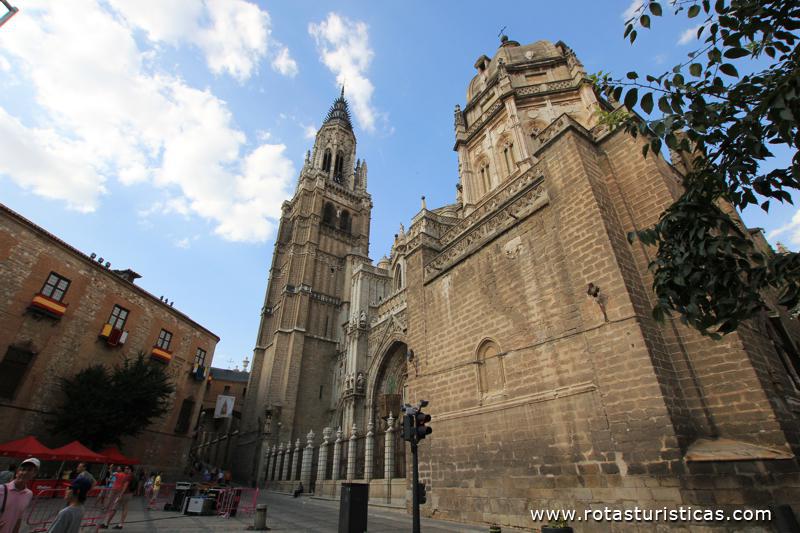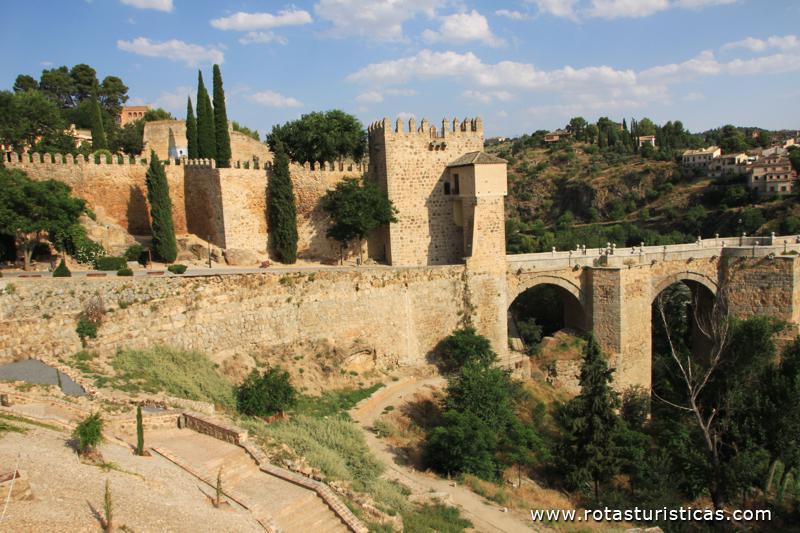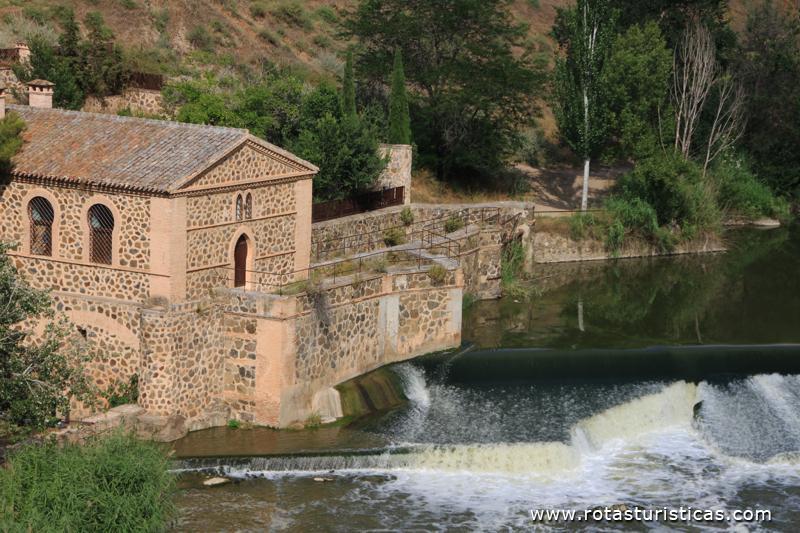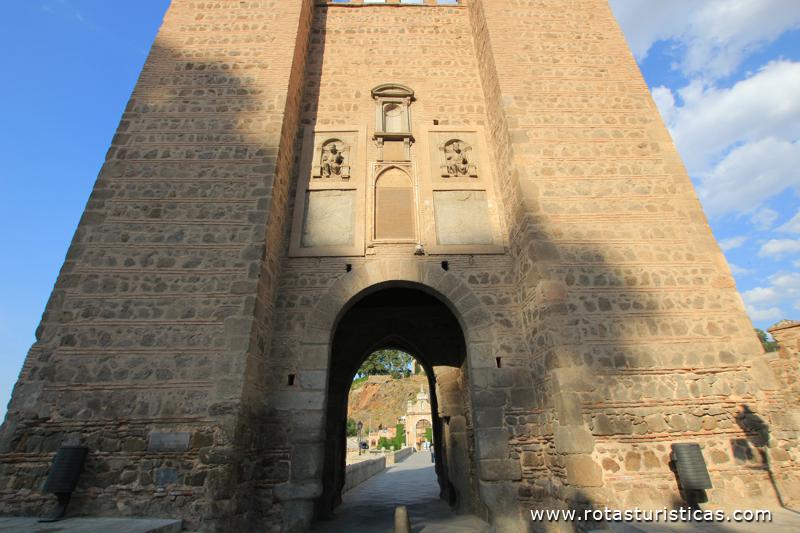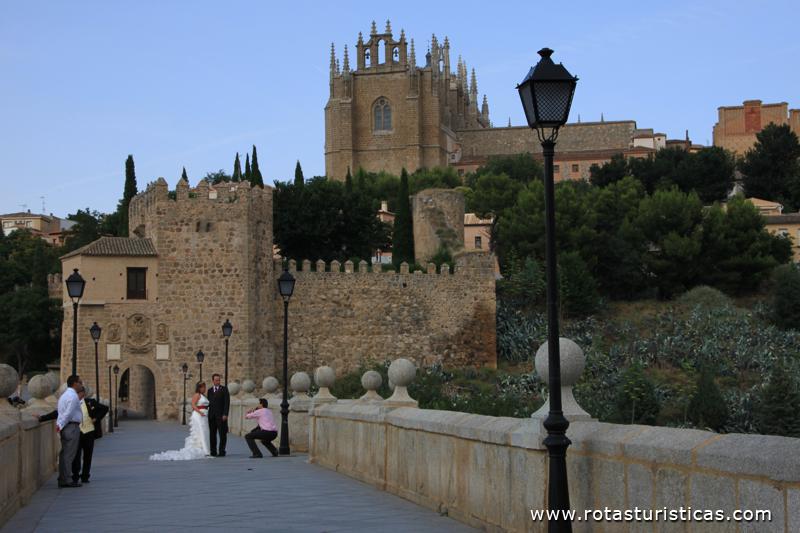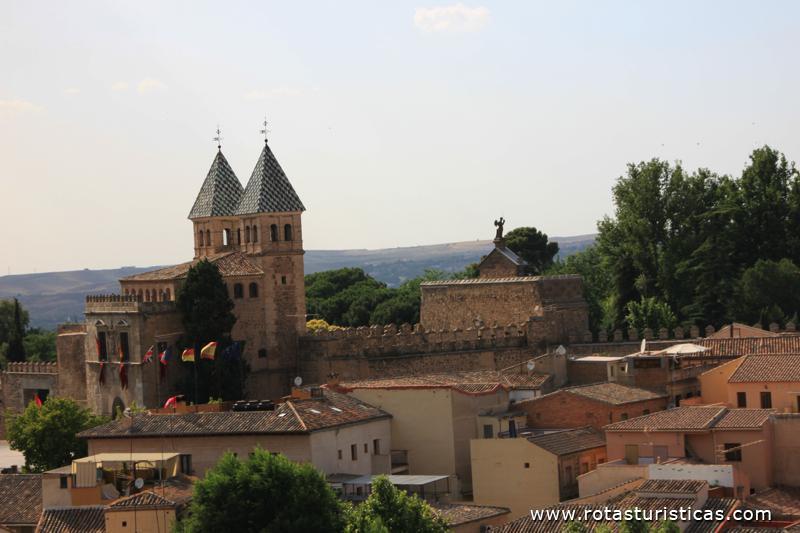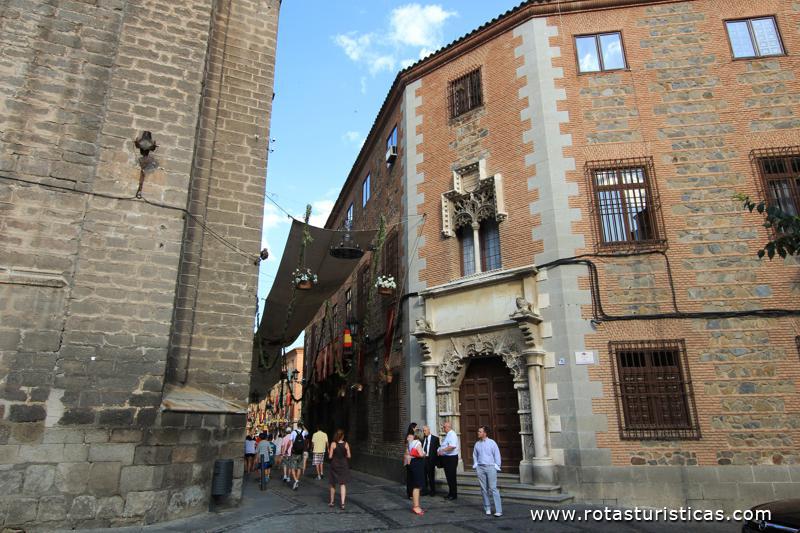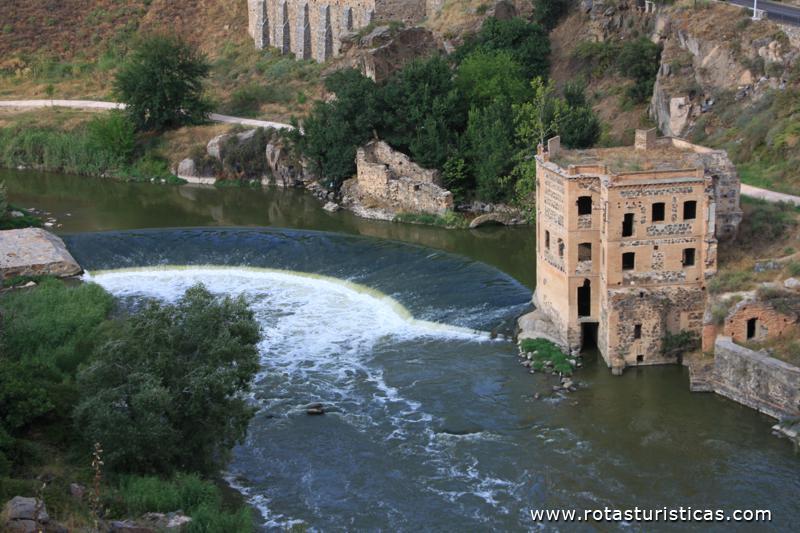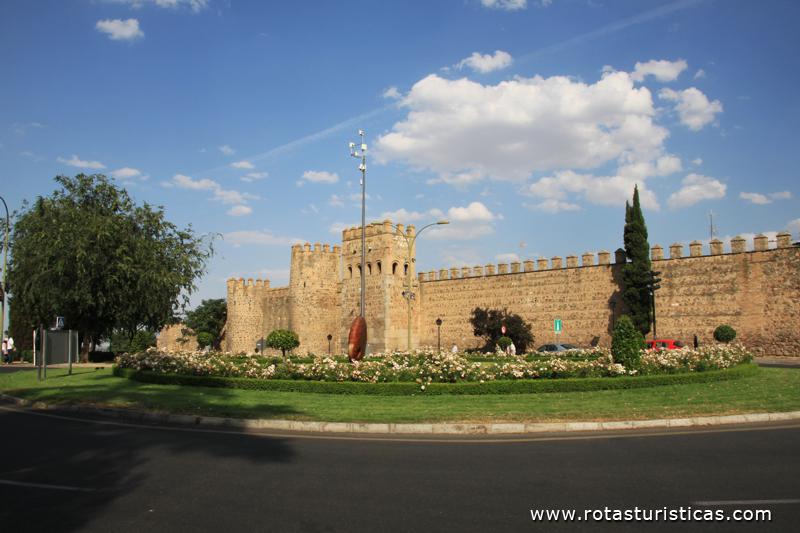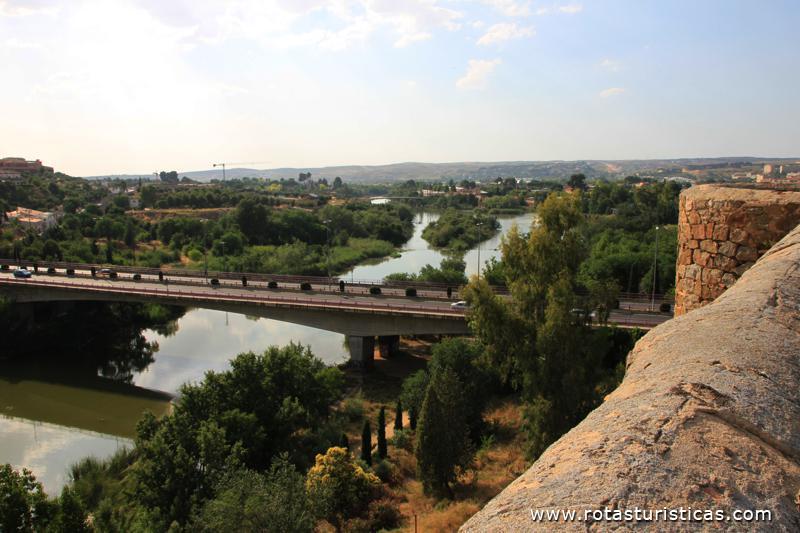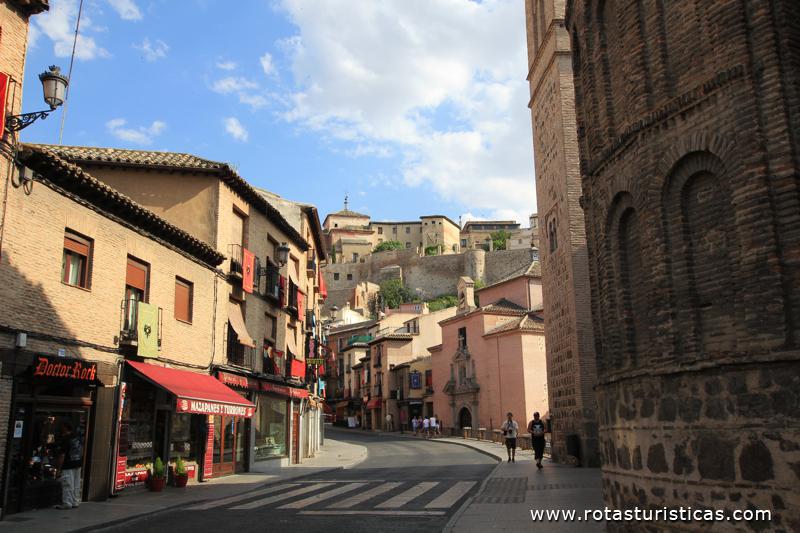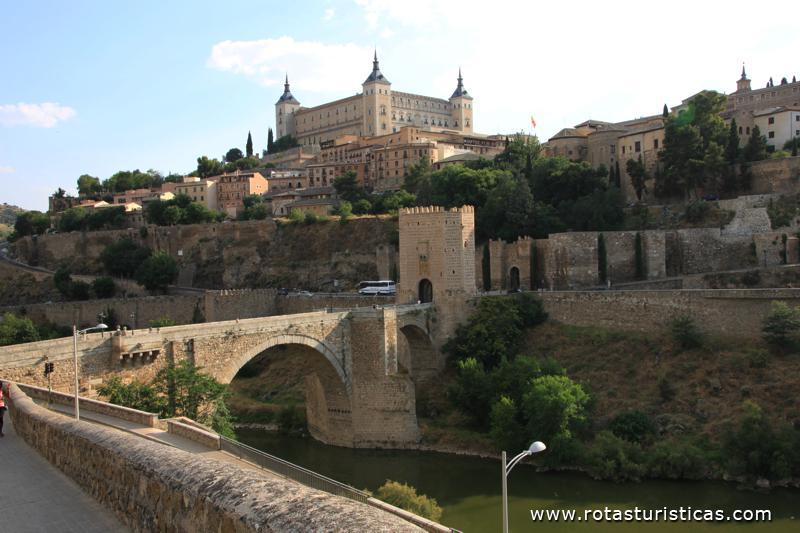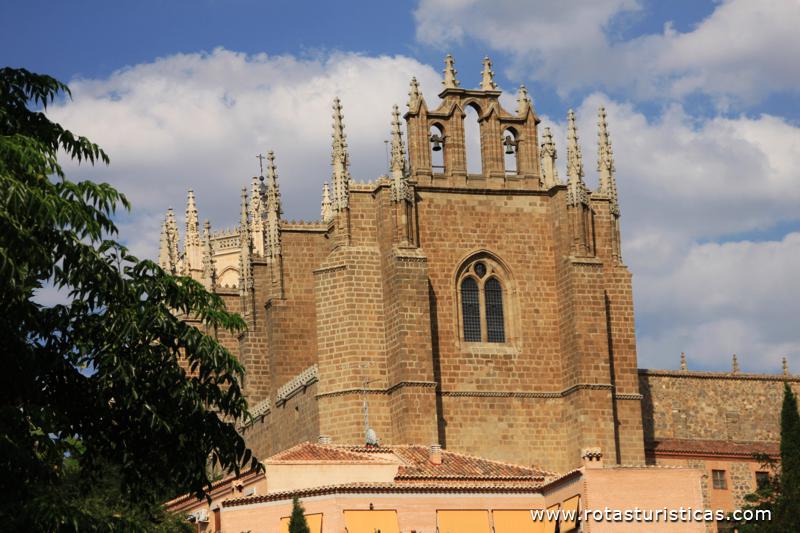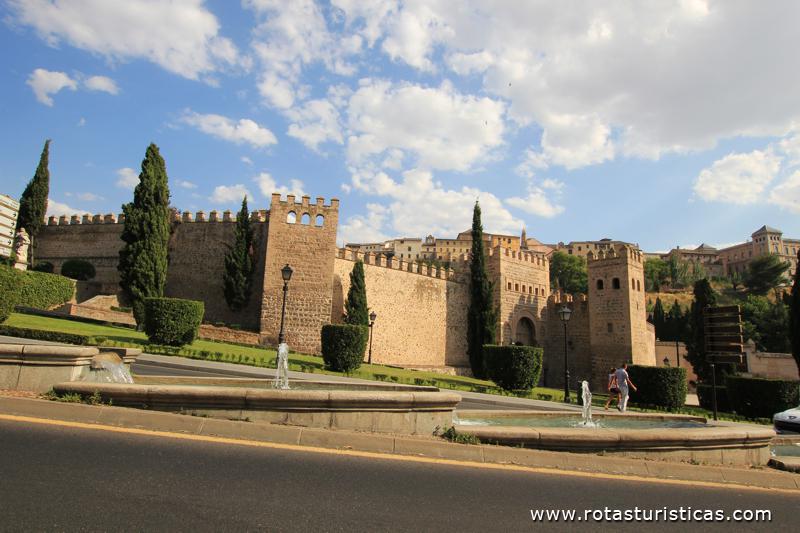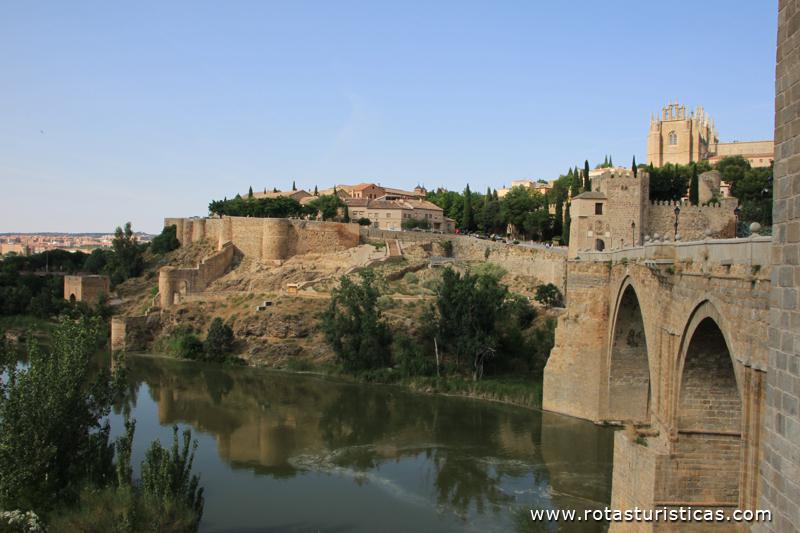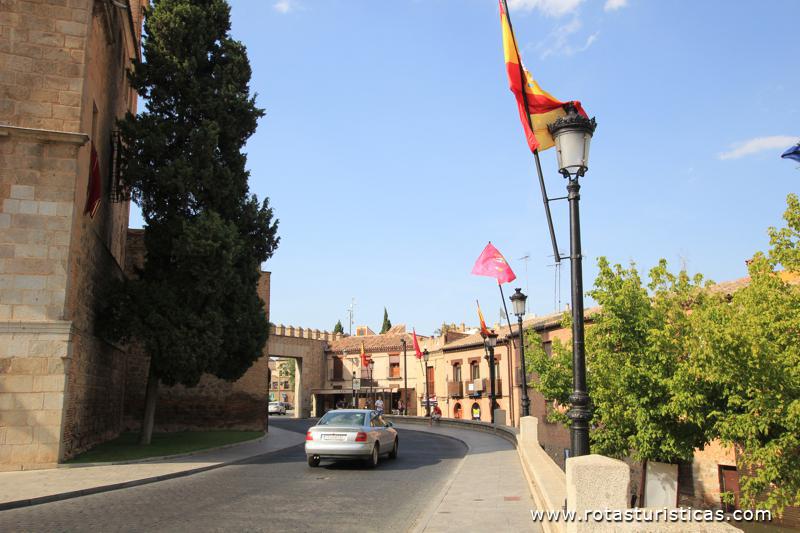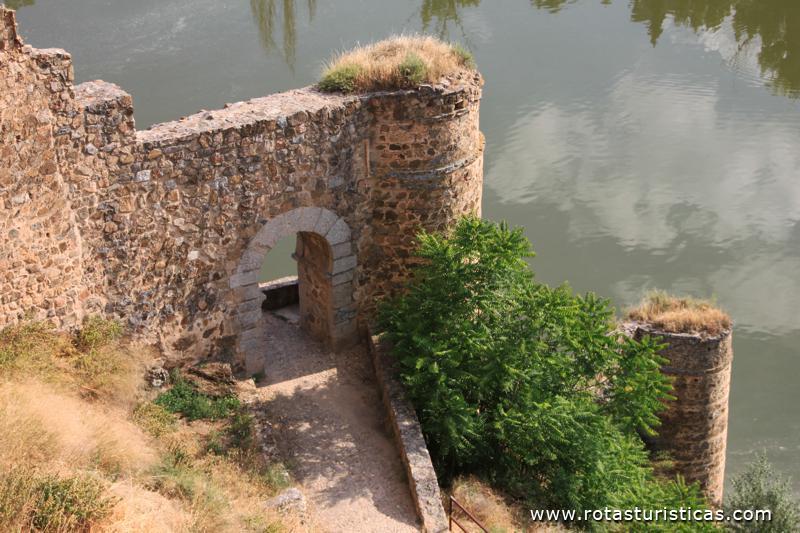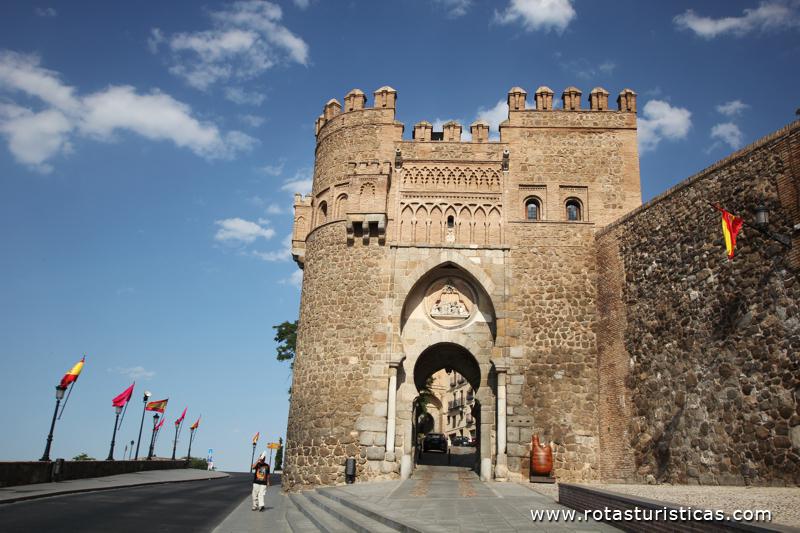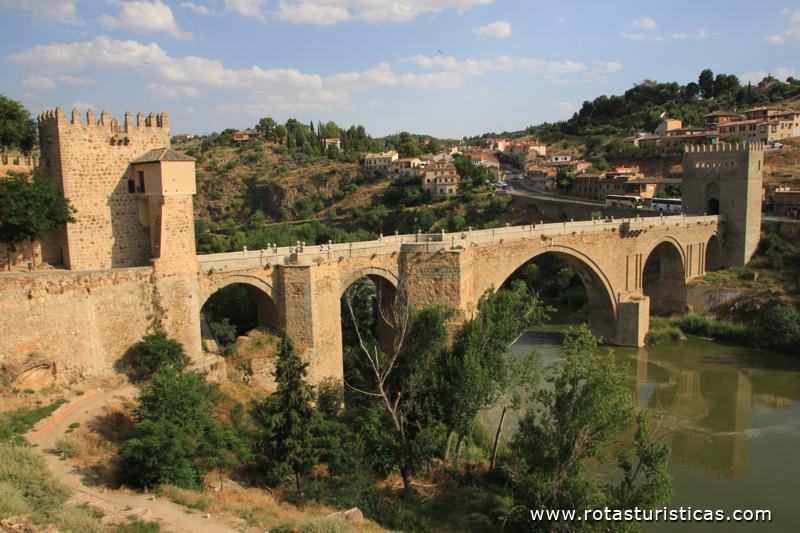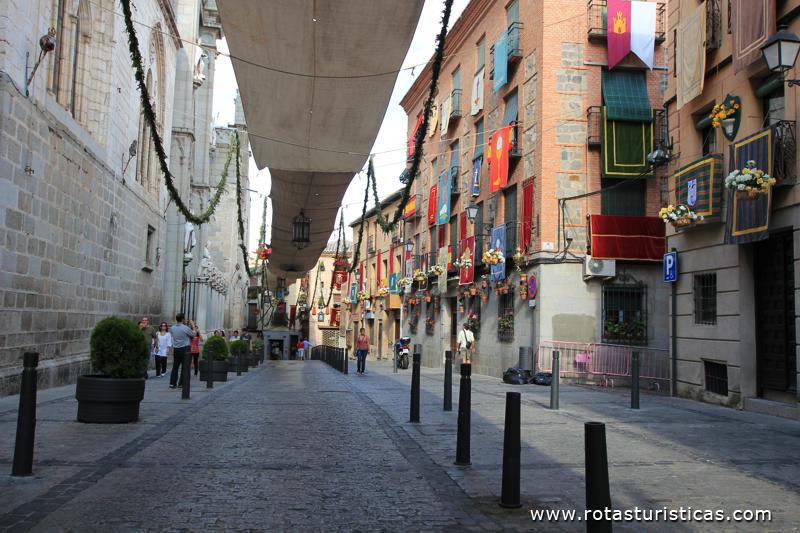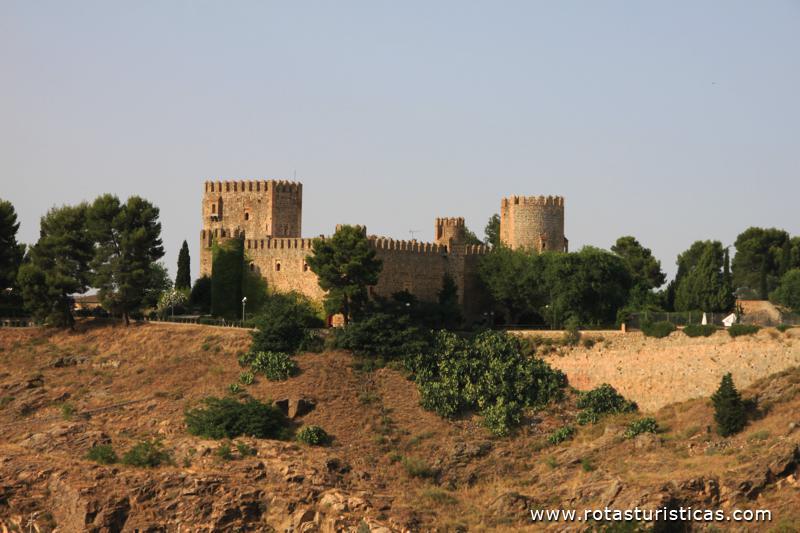Pictures of: Toledo, Spain
Location map
Airports
Hotels and other Accommodation
What to visit
Where to Eat
Where to have fun
World Nomads
The Travel Insurance with the largest coverage

The Travel Insurance with the largest coverage

Toledo
Toledo is a municipality located in central Spain, 70 km south of Madrid. It is the capital of the province of Toledo and the autonomous community of Castile-La Mancha. It was declared a World Heritage Site by UNESCO in 1986 for its extensive cultural and monumental heritage and historical and co-existence of Christian, Muslim and Jewish cultures.
Toledo is known as the "Imperial City," for having been the main site of the court of Charles I, and as the "City of Three Cultures," having been influenced by a historical coexistence of Christians, Muslims and Jews. In 1085, the city fell to Alfonso VI of Castile as the first great city of the Christian Reconquest.
Toledo has a history in the production of white weapons, which are now popular souvenirs of the city.
Toledo is known as the "Imperial City," for having been the main site of the court of Charles I, and as the "City of Three Cultures," having been influenced by a historical coexistence of Christians, Muslims and Jews. In 1085, the city fell to Alfonso VI of Castile as the first great city of the Christian Reconquest.
Toledo has a history in the production of white weapons, which are now popular souvenirs of the city.
Tourism
Toledo is one of the Spanish cities with the greatest wealth of monuments, preserving an artistic and cultural legacy in the form of churches, palaces, fortresses, mosques and synagogues. This wide diversity of artistic styles makes the old quarter of the capital of Castile-La Mancha a true open-air museum, which led to it being declared a World Heritage Site.
Toledo is a city linked to deep popular traditions, such as the procession of the Most Holy Body of God, a festival declared of International Tourist Interest, which takes place annually.
The labyrinth of streets that make up the historic center of Toledo is only bounded by walls in which many doors were opened. The Hinge gate, presided over by two bodies and a large imperial shield constitutes the main access to the city within the walls. This noble gate, of Moslem origin, includes a central patio and was altered during the reign of Carlos I (emperor Carlos V).
For these and other entrances you can get to picturesque places such as the Zocodover Square. Nowadays, the square, surrounded by buildings with balconies, continues to be one of the busiest places in the city.
Synagogues, mosques, churches and so many other historic monuments nestle in the narrow streets of Toledo, which is characterized by the mixture of artistic styles.
Other interesting places in the province of Toledo are Talavera de la Reina, with its Collegiate Church of Santa María la Mayor; Ocaña, with its gothic-Mudejar church of San Juan Bautista; Guadamur, with a beautiful castle, and Oropesa, whose 14th-century castle - palace houses the site of Parador de Turismo.
In the south of the province, at the foot of the Montes de Toledo, is the Cabañeros National Park, a protected area that combines Mediterranean forest in the mountains and meadows in the wide plains.
Toledo is a city linked to deep popular traditions, such as the procession of the Most Holy Body of God, a festival declared of International Tourist Interest, which takes place annually.
The labyrinth of streets that make up the historic center of Toledo is only bounded by walls in which many doors were opened. The Hinge gate, presided over by two bodies and a large imperial shield constitutes the main access to the city within the walls. This noble gate, of Moslem origin, includes a central patio and was altered during the reign of Carlos I (emperor Carlos V).
For these and other entrances you can get to picturesque places such as the Zocodover Square. Nowadays, the square, surrounded by buildings with balconies, continues to be one of the busiest places in the city.
Synagogues, mosques, churches and so many other historic monuments nestle in the narrow streets of Toledo, which is characterized by the mixture of artistic styles.
Other interesting places in the province of Toledo are Talavera de la Reina, with its Collegiate Church of Santa María la Mayor; Ocaña, with its gothic-Mudejar church of San Juan Bautista; Guadamur, with a beautiful castle, and Oropesa, whose 14th-century castle - palace houses the site of Parador de Turismo.
In the south of the province, at the foot of the Montes de Toledo, is the Cabañeros National Park, a protected area that combines Mediterranean forest in the mountains and meadows in the wide plains.
Gastronomy
Toledo is the main Spanish province of small game and one of the richest that inevitably influence the region's revenues with a long tradition of cattle breeding, where there are still Moorish influences.
Vegetables should also be mentioned due to their variety and quality.
Quail and partridge are some of the most extraordinary pleasures for delicate palates, and one of the most typical dishes in Toledo is the red partridge stew, prepared with great skill and simplicity with garlic, bay leaf and pepper.
Other dishes include a "toledana la Totedo" (quail style Toledo), and also partridge served with white beans, "Partridge with Pochas".
Also very typical are the roasted meats, especially roast lamb, and also fried lamb cooked in a stew.
Other dishes include Castilian soup (a type of garlic soup), migas (fried bread seasoned with garlic and paprika), trout a la toledana (Toledo-style trout), venado con ceptas (deer meat with mushrooms), wild boar and tortilla a la lama (potato omelet with lean ham). The gazpacho of La Mancha is a very rich winter stew.
Vegetables should also be mentioned due to their variety and quality.
Quail and partridge are some of the most extraordinary pleasures for delicate palates, and one of the most typical dishes in Toledo is the red partridge stew, prepared with great skill and simplicity with garlic, bay leaf and pepper.
Other dishes include a "toledana la Totedo" (quail style Toledo), and also partridge served with white beans, "Partridge with Pochas".
Also very typical are the roasted meats, especially roast lamb, and also fried lamb cooked in a stew.
Other dishes include Castilian soup (a type of garlic soup), migas (fried bread seasoned with garlic and paprika), trout a la toledana (Toledo-style trout), venado con ceptas (deer meat with mushrooms), wild boar and tortilla a la lama (potato omelet with lean ham). The gazpacho of La Mancha is a very rich winter stew.
Weather
Toledo has a Mediterranean climate, semi-arid continental, with little rain, mainly concentrated in the spring and autumn, with a marked daily significant and significant daily drought.
Winter temperatures are cold, with frequent frosts, although lower than in other parts of the region, and high in summer, with occasional highs exceeding 40 ° C.
Toledo is a sunny city with about 3000 hours of sunshine a year.
Winter temperatures are cold, with frequent frosts, although lower than in other parts of the region, and high in summer, with occasional highs exceeding 40 ° C.
Toledo is a sunny city with about 3000 hours of sunshine a year.
Other tourist destinations in:
Spain
Spain
Other world tourist destinations
Why to book with FIND HOTEL ONLINE
The best prices
Our partnerships with the world´s largest operators offer research on the best market prices.
More options
At Rotas Turisticos you can book the hotel, buy the air ticket, book the transfer from the airport to the hotel and vice versa, book the local excursions, rent the car, take travel insurance and consult the places to visit and where to go.
Holiday Tips & Destinations
Hundreds of holiday destinations with all the options that allow you to easily choose the destination that best suits your dream vacation.
FIND HOTEL ONLINE
Links






